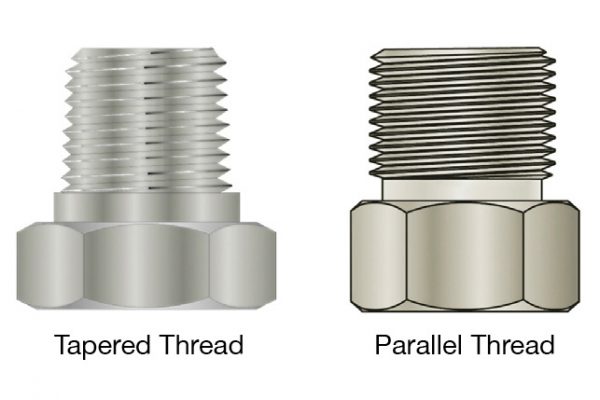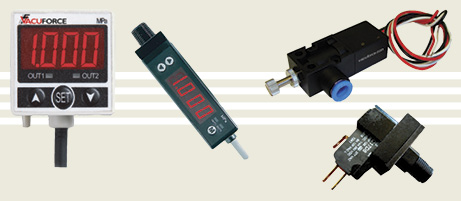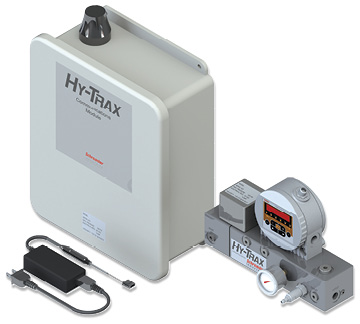Failsafe Hydraulic Load Holding: Why a Rotary Lock?

By Michele Baker Thomas, Ph.D., Business Manager, York Precision.
When it comes to hydraulic load holding and locking, the engineering community is likely more familiar with rod locking devices. Much less known is a rotary type of hydraulic lock. In this case study, we will describe a recent application and discuss various other applications.
Rotary lock in a flying shear
In 1985, a rotary lock was sold to a customer for use in equipment called a flying shear. The purpose of the flying shear was to cut material coming off a roll. The drive train consisted of an electric motor driving the flying shear through a flexible coupling. However, it was determined that there was a curious additional need required in this drive train.
The flying shear needed to be rotationally disconnected from its driver. This had to be done quickly and accurately and then the shafts had to be quickly reconnected at the correct “clocked” position of the shafts.
This machine, approximately 35 years old, was being rebuilt/reconditioned in Europe for continued use. The company using the machine wanted to either rebuild or supply a new complete drive train.
How does a rotary block work
According to engineer Jim H. Anderson, “The rotary block provides specific features which apply perfectly for this application. The rotary lock is designed to release at the instantaneous application of hydraulic pressure which allows the motor and or the shear to rotate independently from the other. This rotation is smooth, on bearings in the rotary lock and without friction. When hydraulic oil pressure is released, the rotary lock grabs the shaft again and torque is transmitted between the drive and the shear.
“With the hydraulic pressure still applied, if desired, the driver and driven shaft can be “timed” (put into the correct angular orientation with respect to each other) before releasing the hydraulic pressure to lock up the connection.
“The additional safety over torque feature of the rotary lock is important as well. The rotary lock is designed to slip at a limit torque, if for instance, the flying shear were to jam. That is, the rotary lock has a designed and tested limit of torque transmission so that if torque through the drive train were to exceed the normal desired amount, the rotary lock immediately slips and reduces any possible over torque consequences to the system. This feature saves other parts of the drivetrain from possible damage.”
Other rotary lock applications
Application possibilities are perhaps limited only by the design engineer’s imagination. Consider, for example:
- rolling applications (e.g. paper, metal, or fabric handling)
- testing (e.g. transmission testing)
- automotive
- power
- petro-chemical applications
There are many mechanical drive applications which for one reason or another desire a “shear pin” safety feature. Where a drive can have multiple over torque occurrences, it would be desirable to utilize a rotary lock which permits multiple events rather than needing to continually replace shear pins.
The hydraulic release and timing feature can be used in those drivetrain systems where, for instance, two gear type rotors need to mesh perfectly. Often these drives are designed requiring keyways to be machined on shafts after the lobed gears are rotated into position. Cutting keyways to time lobed gears is not too accurate. A rotary lock can much more accurately offer this rotational “timing” feature where the two meshing gears need to be quickly and precisely “timed.”
Rotary locks are suited for rotary and linear applications, the latter in both tie rod and mill type constructions. It is custom designed and available as a locking actuator system, or lock-only unit, for new designs or retrofitting, whether in line or parallel.
Does your hydraulic load-holding/locking application require:
- Instant restriction of rotational motion or lockout system during maintenance event?
- Reliable function and reset capabilities when human intervention is difficult or impossible?
- Rotational disconnection?
- Instant release ?
- Easy toggling between couple/decouple?
- Instant locking/load-holding?
- Reliable safety and risk prevention features?
- A more accurate alternative to keyways?







